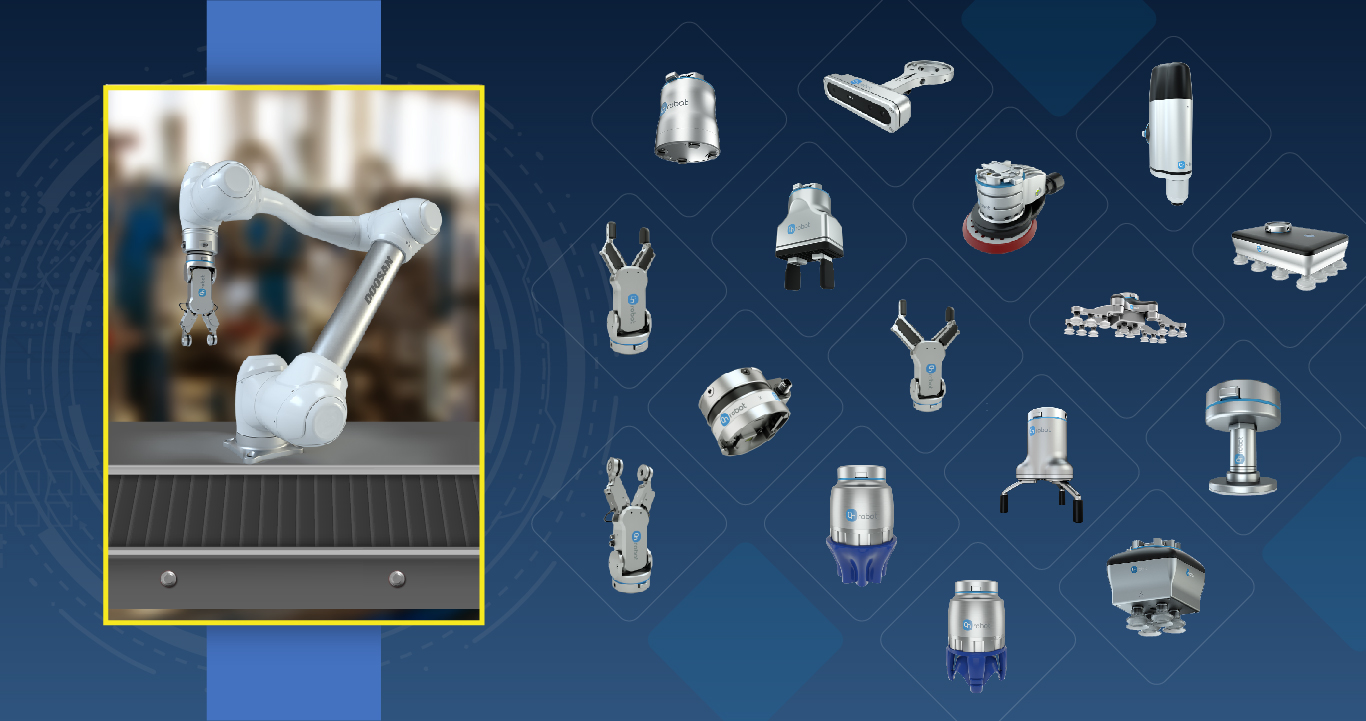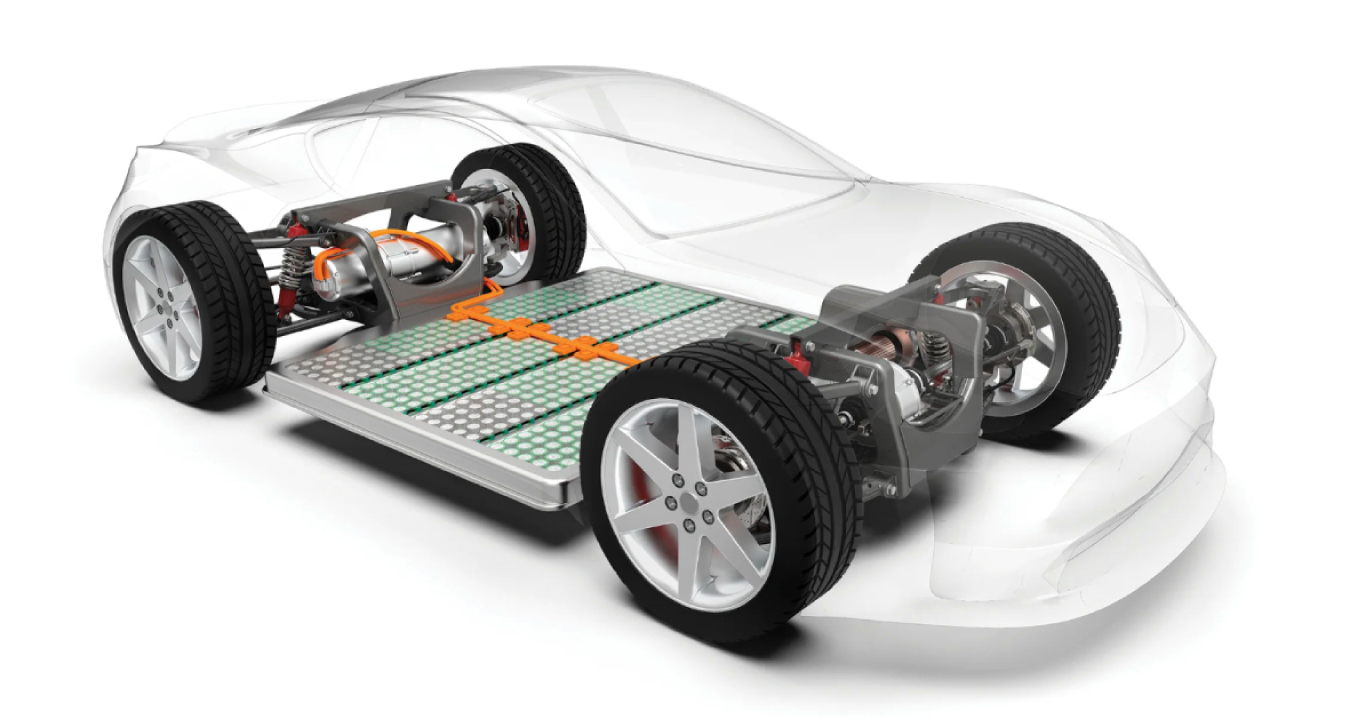Modern end-effectors are critical to automation. Here’s why…
End-effectors are critical to automation
The Covid-19 pandemic and its ensuing shutdowns have shown how robotics can assist in more ways than one, in industries ranging from automotive to pharmaceuticals, consumer goods, to healthcare. It has speeded up the adoption of robotics which was earlier restricted to a select few industries due to the prohibitive cost and operational adjustments involved. The adoption of collaborative robots (cobots) has changed all that. The use of robotics and especially modern robotic end-effectors is helping to minimise the impact of workforce reductions and social distancing restrictions. In health care, for instance, adjustments to robotic end-effectors and programming help to support process adaptations to make personal protective equipment (PPE) and other medical supplies.
What is an end-effector?
A robot end-effector or end-of-arm tooling (EOAT) is essentially a peripheral device that attaches to a robot’s wrist and allows it to interact with its environment. They can be mechanical or electromechanical and serve as grippers, sensors, or tools.
Advantages
Integrating an EOAT with a robotic arm leads to having a more versatile robot that can execute several functions on the production floor, thus making them critical components of every industrial robotic operation.
Not using the right EOAT can result in downtime, which can delay production. Also, if the end-effectors are not of good quality it can lead to frequent breakdown, resulting in increased inefficiencies and high-cost maintenance. In the end, all of this affects the company’s ROI.
How do end-effectors value-add to automation?
1. The ri ght EOAT is durable, feasible, and light enough to manage all the applications and can withstand
ght EOAT is durable, feasible, and light enough to manage all the applications and can withstand  multiple cycles without breaking down to ensure that there are no slips, vibrations, or reduction in performance.
multiple cycles without breaking down to ensure that there are no slips, vibrations, or reduction in performance.
2.The right EOAT of the correct tooling length can lead to improved automated rhythm and a more effective flow.
3.Robot end-effectors with efficient cycle times (strokes per minute) can improve the efficiency of the system design.
4.The EOAT needs speed and the ability to quickly and effectively handle the parts as intended to deliver higher levels of productivity.
Selection
When selecting the appropriate robotic end-effector for the automation industry, here are three points to note:
1. Cost: Modern end-effe ctors costs depend on variables such as size, brand, and payload. Budget plays an important role in
ctors costs depend on variables such as size, brand, and payload. Budget plays an important role in selecting the EOAT that best suits your needs.
selecting the EOAT that best suits your needs.
2.Right fit: A robot end-effector is a critical component and may not achieve its core purpose of automating manual tasks if it does not match your needs.
3.Integration: An effective robot end-effector needs to integrate with your industrial robot. The OnRobot RG6, for instance, is a flexible two-finger robot gripper that can be used for a wide range of part sizes and shapes. The plug-and-produce design reduces deployment time from a day to an hour.
Remember that the right end-effector impacts the overall performance of a robotic system in a positive way. It is best to work with a robotic systems integrator who has experience in automation so you can choose the right EOAT for your robotic systems. The Automation and Control division of MELSS provides solutions for industrial automation and robotic requirements. Do contact us today for your automation needs.





